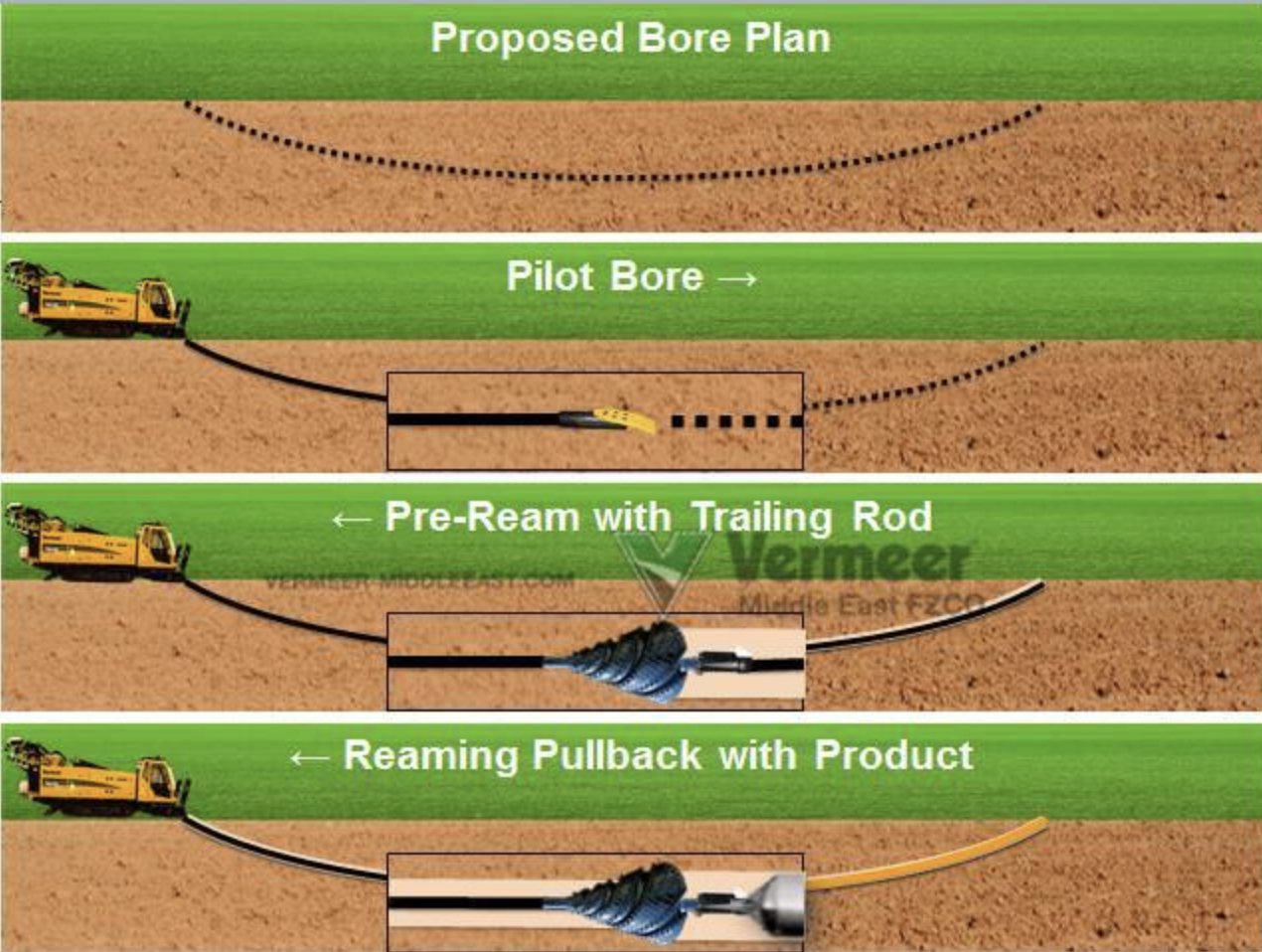Within the modern landscape of urban development, infrastructure needs are constantly evolving, pushing the boundaries of traditional construction methods. One of the most innovative techniques that has surfaced in the past years is Horizontal Directional Drilling, or HDD. This advanced drilling method allows for underground utility deployments with minimal surface disturbance, making it an ideal solution for dense urban environments. As cities keep to grow and develop, the demand for effective, sustainable, and cost-effective installation methods has never been more critical.
HDD is not just a method but a revolution in how we approach utility installations, fiber optic networks, and even renewable energy infrastructure. By enabling projects to proceed with lowered environmental footprint and shorter timelines, HDD clears the way for a more durable urban future. In this article, we will explore the principles behind Horizontal Directional Drilling, its many advantages, and how it establishes the standard for trenchless technology in urban infrastructure projects.
Grasping HDD and the Various Benefits
Horizontal Directional Drilling, or HDD, is a trenchless technology utilized to place underground utilities such as pipes, cables, and tubes while maintaining little surface disruption. The process begins with a pilot hole being created at a specific angle and direction, which is then succeeded by reaming to establish a larger bore for the utility installation. This advanced technique proves to be particularly useful in urban development, in which traditional trenching methods can cause significant disturbances to highways, paths, and existing infrastructure.
An important advantage of using HDD lies in its ability to reduce impact on the environment. In contrast to traditional digging methods that necessitate extensive excavation and surface removal, HDD allows for the installation of utilities with little impact on the adjacent habitats. This can be especially helpful in delicate regions, such as near rivers or protected habitats, where protecting the ecosystem is vital. Additionally, HDD assists in avoiding issues related to road traffic issues and community safety that typically occur from traditional trench methods.
Another significant advantage of HDD is the reduction in project timelines. The effectiveness of this method allows for quicker installation, which not only saves time but also reduces labor costs. With advancements in technology, including improved drilling equipment and GPS-guided systems, HDD projects can achieve greater accuracy and reliability. As urban areas continue to grow, the demand for efficient and eco-friendly utility installation methods like HDD appears to be growing, making it a key component of current development efforts.
A HDD Procedure and Best Practices
This Horizontal Directional Drilling process starts with careful preparation and surveying of the project location. Professionals evaluate soil conditions, existing utilities, and ecological considerations to identify the best borehole path. By employing sophisticated technologies, such as GPS and various surveying equipment, experts create a detailed layout that minimizes disruptions and maximizes efficiency. Such upfront preparation is crucial for effective execution and can significantly reduce risks during operations.
Once the preparation phase is complete, the drilling process involves several stages: pilot hole drilling, reaming, and product installation. Initially, a tiny pilot hole is drilled along the predetermined path, enabling for immediate monitoring and modifications as needed. After the pilot hole is completed, it is expanded using reaming tools to fit the utility or cable. Finally, the selected utility is inserted through the newly created pathway, ensuring minimal surface disruption throughout the installation. Optimal methods during this phase include ongoing monitoring for pressure changes and soil conditions to avoid complications like blowouts or unexpected returns.
Safety is a paramount concern during Horizontal Directional Drilling operations, with numerous best practices in place to mitigate risks. Training for the crew is critical; all team members should be well-versed in operational protocols and contingency procedures. Routine inspections of tools and adherence to safety regulations are also vital to ensure consistent performance. Additionally, using environmental monitoring techniques helps maintain compliance with local regulations and reduces the ecological impact of HDD projects. By concentrating on safety and thorough preparation, HDD projects can advance efficiently, reaching their infrastructure goals while safeguarding the adjacent area.
Future Trends and Real-World Applications
As keep on expand and progress, this need for effective infrastructure systems grows. HDD is prominent as a vital method, especially in densely populated environments. Driven by developments in boring methods, including the integration of AI as well as enhanced GPS systems, both the accuracy and efficiency of the HDD projects are set to enhance notably. These advances will enable better planning and execution, lessening interruptions while guaranteeing projects projects keep pace with the demands of growing urban areas.

In real-world implementations, HDD is already having an impact in industries like telecom alongside clean energy. Directional Drilling Dundalk Ireland , vital for high-speed internet access, are increasingly being carried out using HDD to traverse challenging urban terrains without affecting the surface. In the same way, as cities work to implement more sustainable energy solutions, HDD has become a top choice for installing renewable energy infrastructure, including wind turbine and solar energy links, in sensitive environments where minimal disruption matters.
Looking ahead, the function of HDD in metropolitan infrastructure projects will broaden further with a focus on eco-friendliness alongside environmental stewardship. As more municipalities prioritize eco-friendly methods, HDD's ability to mitigate environmental impact while efficiently completing utility setups will be a key selling point. The ongoing evolution of trenchless technologies will both enhance the efficiency of HDD but will also encourage its adoption in various projects, ensuring its role it remains at the vanguard of metropolitan growth for the foreseeable future.
